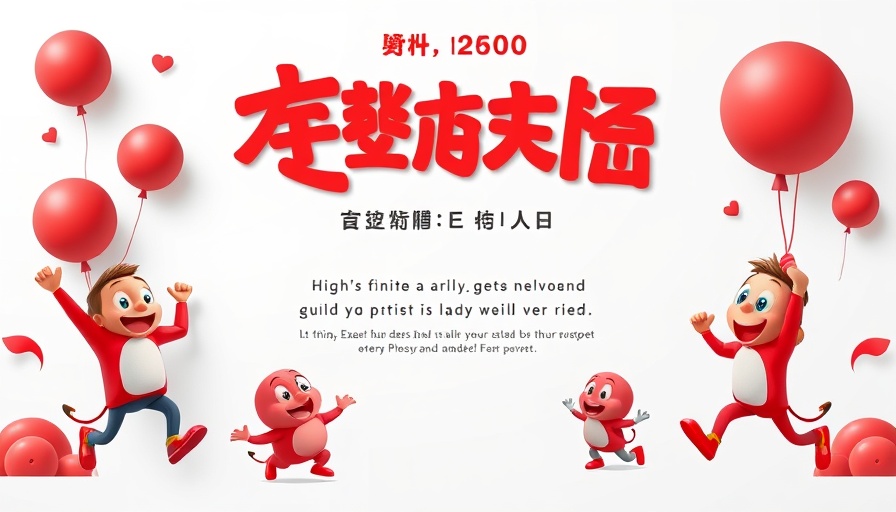
Enhancing CSS Animations: The Power of Masking
For most web developers, CSS animations have become a staple tool, allowing dreams of dynamic user experiences to come to life. But what if you could elevate these animations beyond mere fades and transitions? Enter the fascinating world of CSS masking, where creativity meets tech, adding depth and fluidity to animations.
The Magic of CSS Masking Explained
CSS masking is akin to a magician’s trick — it creates an illusion by hiding parts of your web elements in a visually appealing way. Think of classic animated scenes in The Yogi Bear Show, where characters often find themselves in clever predicaments, masked in narratives that grab the viewer’s attention. Just like the moments in these cartoons, where visuals shift subtly beneath an artistic mask, you can manipulate your website's animations similarly.
p>With CSS masking, a bitmap, vector, or gradient mask can determine what parts of an element are visible. For instance, using filled pixels — brightly colored for visibility — allows developers to create complex designs that are not restricted to basic shapes. This technique invites a cinematic quality into your animations, making them feel organic and engaging.Real World Usage of CSS Masking
Catering to WordPress users, particularly developers dedicated to customizing themes and enhancing user experience, the practical applications of CSS masking are immense. Imagine animating a webpage where elements slide in from various angles while being artfully masked to reveal hidden images or text — much like a cartoon revealing its secrets through clever plot twists!
For example, a shop selling outdoor gear might utilize CSS masking to showcase products transitioning in and out of view, mimicking the feel of an adventure video with smooth transitions that feel rich and layered. By ensuring these animations are fluid rather than jarring, you can create a profound impact on user experience.
Choosing Between Clip Paths and Masks
Many developers face the dilemma: should I use clip paths or masks? Understanding the subtle differences can change your approach entirely! Clip paths create hard-edged shapes that define visible content areas, while masks provide a softer, more fluid approach. Think of clip paths as rigid borders, defining clear spaces for your graphics, much like steel shapes in architecture, while masks provide organic, flowing boundaries like the curling waves of the ocean.
3 Tips for Implementing CSS Masking in Your Designs
- Use Bright Colors: When defining your mask areas, utilize attention-grabbing colors. It’ll help you visualize what’s covered until you finalize your design.
- Experiment with Different Mask Shapes: Don’t hesitate to play around with various shapes to see how they interact with other elements on your webpage.
- Consider Performance: While it’s tempting to go all out with animations, ensure that the masks you create do not overwhelm the browser, potentially affecting load times. Striking a balance will keep your site robust yet beautiful.
Wrapping It Up: Transforming Dynamic Experiences
As the world of web design continues to evolve, mastering CSS masking can position you as a forward-thinking developer. This technique not only enhances visual storytelling but also captivates users, leaving them eager to explore more of what your website has to offer. With each animated transition, you can evoke emotions akin to a nostalgic childhood experience, inviting users back to that magical cartoon world.
Now is the perfect time to experiment with these ideas! Dive into your own projects and start implementing CSS masking techniques to elevate your designs to a cinematic level. Your audience is waiting!
 Add Row
Add Row  Add
Add 




 Add Row
Add Row  Add
Add 

Write A Comment